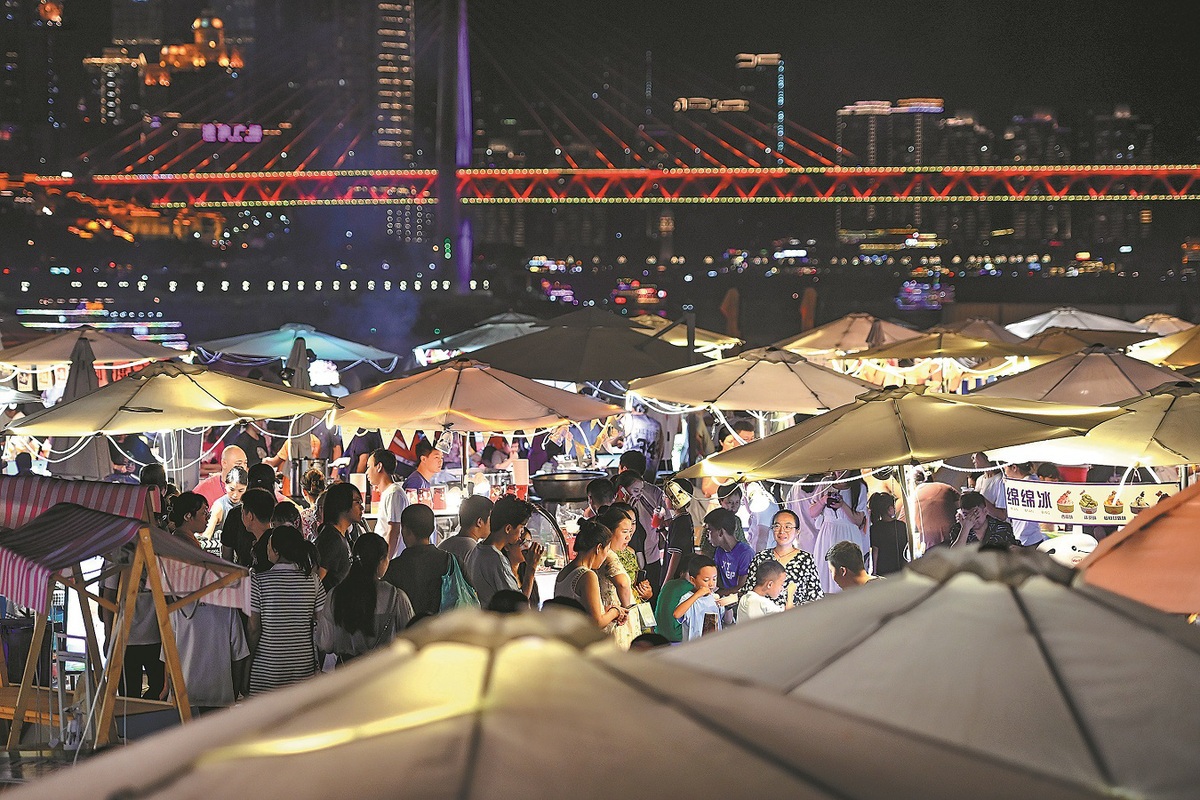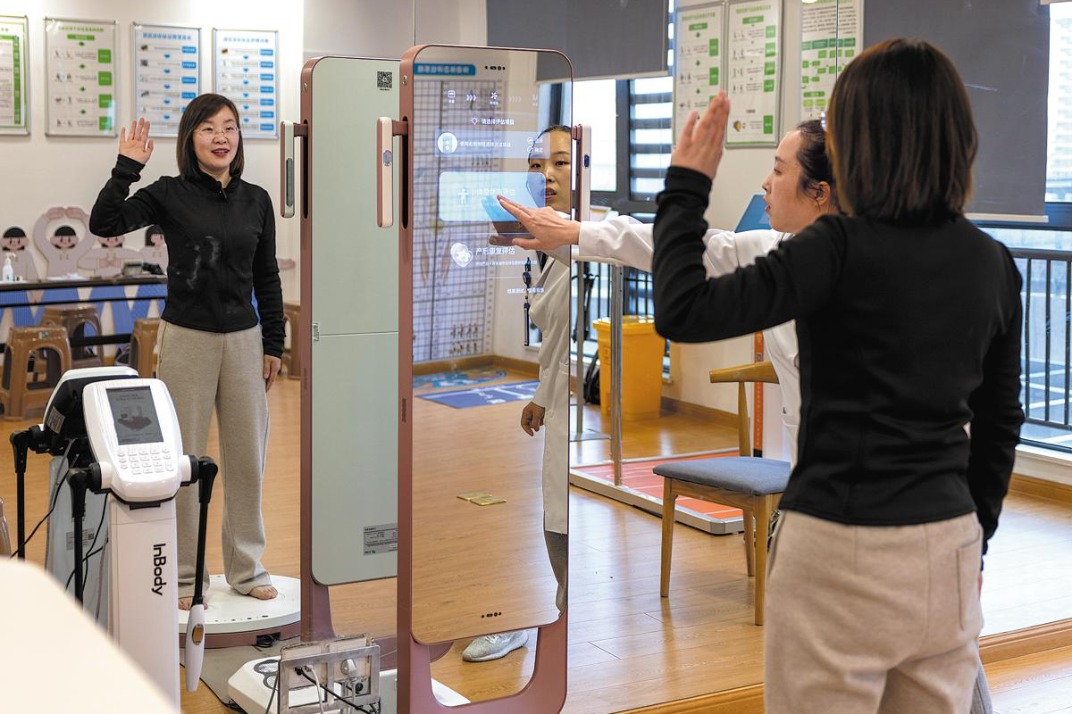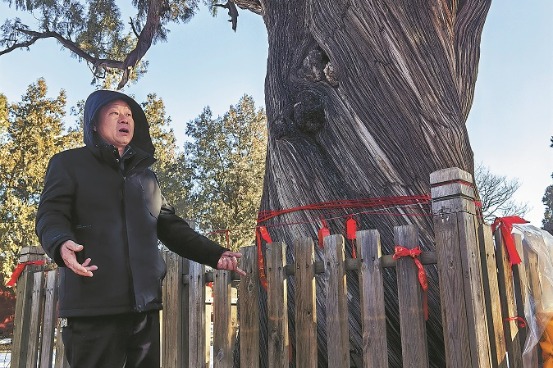Vibrant Chongqing impresses Aussie bloggers


A pair of Australian travel bloggers recently explored Chongqing, one of China's megacities, and were captivated by the city's unique blend of ancient traditions and futuristic developments, describing their journey as nothing short of awe-inspiring and shattering many misconceptions about the country.
In a video released on social media on April 6, the male blogger shared, "After spending a couple of nights in Chongqing, we were really scratching our heads, thinking, 'Has our media been lying to us about China all this time?' Because we were in love with the city, the people and the culture."
During their stay, the bloggers experienced the city's palpable energy — bustling streets, neon lights, street food and cutting-edge technology. They also took a boat cruise, marveling at the breathtaking skyline of Chongqing, which comes alive when the sun sets.
The female blogger, who has long admired hanfu, a traditional Chinese garment, shared her excitement while visiting Hongya Cave, a popular spot known for its colorful lights and traditional architecture. "I've been loving hanfu for a long time now, and I did my best to fit in. They did their best to accommodate me too."
She hired a private photographer to capture the moment, delighted by the vibrant display of China's rich cultural heritage and the genuine hospitality she received.
China's implementation of its visa-free policy has further opened the country to global travelers, allowing eligible foreigners to stay for up to 10 days without a visa. In addition, the number of entry-exit ports for transit visa-exempt travelers has expanded to 60.
Ouyang Rihui, a professor at the Central University of Finance and Economics in Beijing, said that the visa-free policy is an invitation to the world to explore China's vast cultural and natural landscapes without the hassle of visa procedures.
"This visa-free policy offers greater convenience for travelers, deepening cultural exchanges and showcasing China's growing confidence and inclusiveness," he noted.
According to the National Bureau of Statistics, last year, 20.12 million foreigners entered China visa-free, marking a 112.3 percent increase year-on-year.
Dai Bin, president of the China Tourism Academy, has proposed the development of first-entry cities for inbound tourism, focusing on cities that cater to the needs of independent travelers.
He emphasized the importance of leveraging duty-free stores and the national tax-refund-upon-departure policy, allowing visitors to experience local life and enjoy shopping.
Dai also highlighted that cities like Shanghai, Beijing, Guangzhou and Chongqing should be prioritized as key entry points for inbound tourism to meet the diverse needs of travelers.
During their time in Chongqing, the bloggers visited Raffles City, a high-end shopping mall offering a variety of global luxury brands, further breaking down stereotypes about China and its products.
"People are shopping. It's quite prosperous, and they (Chinese people) have their own brands there too, along with great cinemas," said the male blogger, emphasizing that China offers high-quality products and world-class shopping experiences.
In February, Chongqing's Mayor Hu Henghua underscored the city's role as an international consumption hub, stressing the importance of brand development and exploring the city's unique characteristics. He also spoke about upgrading and diversifying consumption experiences to attract more international visitors, boosting both consumption and the city's global appeal.




































